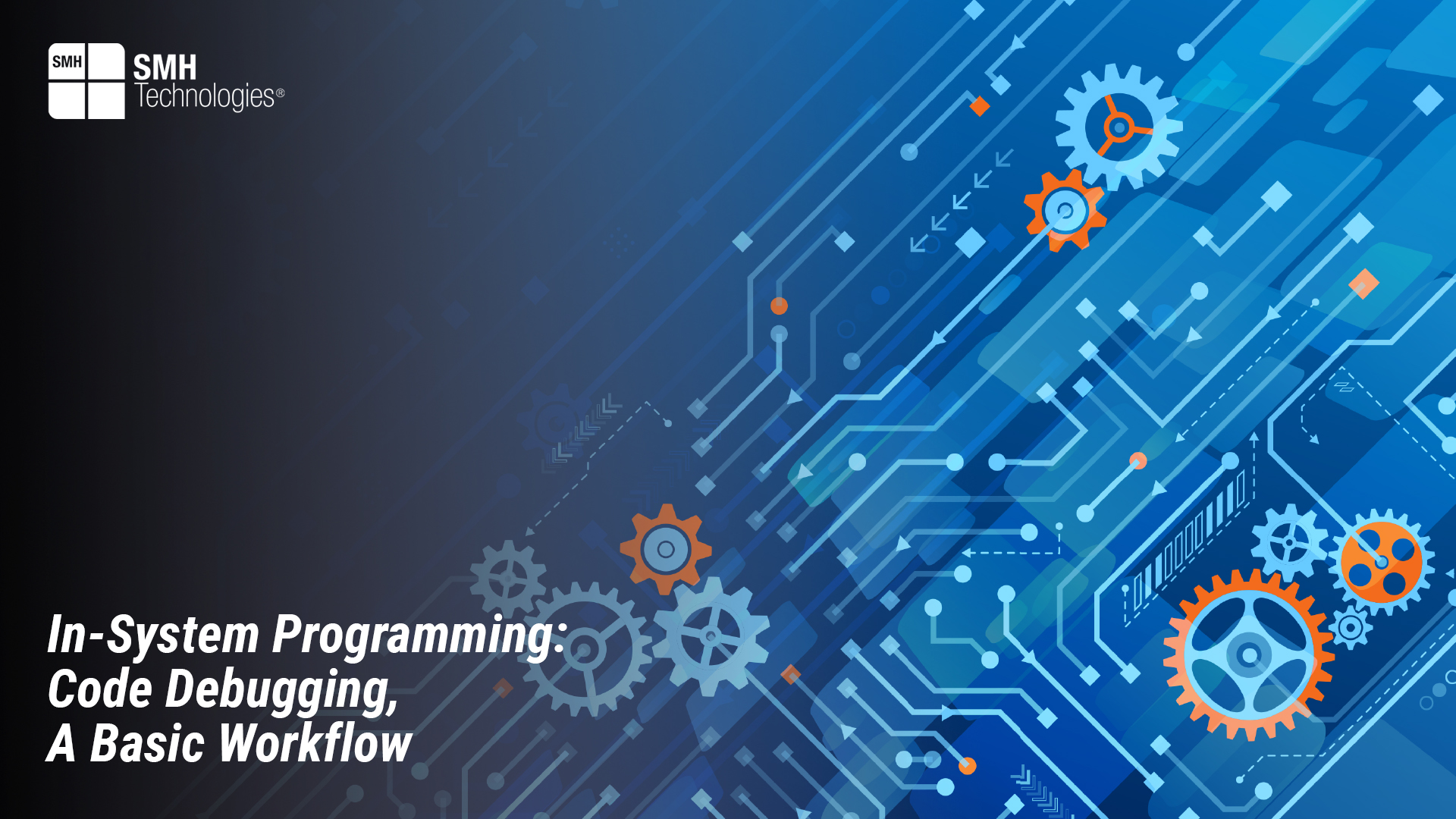Project Description
[This article is part of “Discover ISP”, the educational section of our Corporate Blog dedicated to those who are approaching the world of In-System Programming and Embedded Systems.]
The process of debugging a system or program involves identifying and correcting any errors that may be present. It is important to recognize that this process can be both tiring and frustrating. Therefore, it is essential to create a workflow that achieves a higher level of efficiency. A streamlined debugging workflow not only saves time but also significantly reduces the potential for error recurrence, enhancing overall system reliability.
The starting point is to select the optimal tools for your project. This depends on the type of microcontroller and the project’s complexity: discover more about Microcontroller Programming Tools in this guide: [LINK: https://smh-tech.com/corporate-blog/embedded-systems-a-brief-guide- about-microcontroller-programming-tools/].
Selecting the right tools is crucial as they directly impact the effectiveness of the debugging process.
It is crucial to document the testing process to identify and resolve any issues in the code. To facilitate this process, it is advisable to utilize comments (lines of text that help understand the logic behind the code) and print statements. Proper documentation and commentation make the code more maintainable and understandable to others, promoting better collaboration and efficiency.
One effective approach to streamline testing and bug fixing is to break down the code into smaller, more manageable units, or modules, that perform specific tasks. This modular approach not only simplifies debugging but also enhances the scalability of the application. This allows for more targeted and efficient testing, while also facilitating the implementation of new features and updates. Furthermore, this approach enables the reuse of code blocks in different scenarios, thereby facilitating subsequent maintenance.
Two additional functions can be employed to verify that instructions are functioning as intended and that tasks are executed in accordance with established rules: breakpoints, which pause execution, and step-by-step execution, which allows the execution of one line of code at a time. Using these debugging functions effectively can drastically reduce the time spent on identifying and solving problems in the code.
Once the previous debugging phases have been completed, it is time to move on to simulation. Simulation plays a pivotal role in validating the real-world applicability of the code, ensuring that it performs as expected under varied conditions.
It is crucial to perform debugging during the development process. This allows for troubleshooting and error analysis, as well as tracking solution methods and preventing similar issues in the future. Integrating continuous debugging and testing into the development cycle is a best practice that can lead to more robust and error-free applications.



